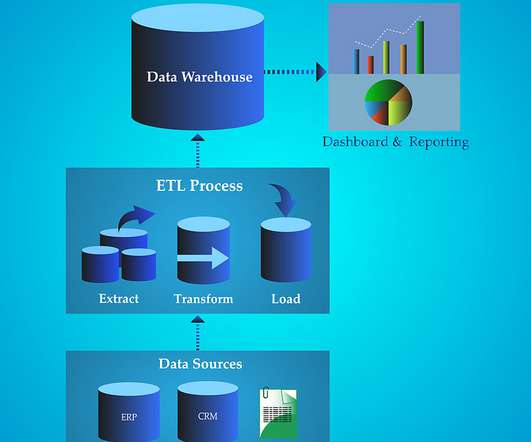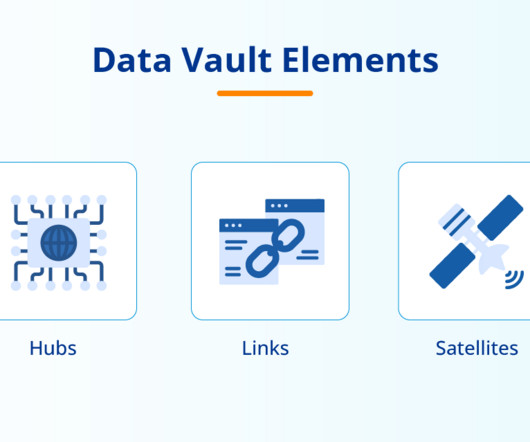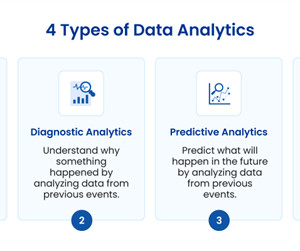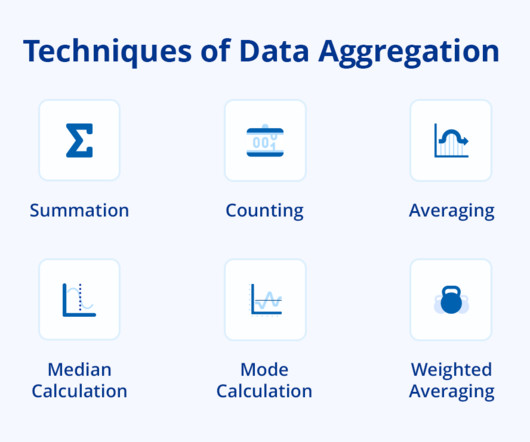The Complete Guide to Reverse ETL
Astera
JANUARY 25, 2024
Reverse ETL (Extract, Transform, Load) is the process of moving data from central data warehouse to operational and analytic tools. How Does Reverse ETL Fit in Your Data Infrastructure Reverse ETL helps bridge the gap between central data warehouse and operational applications and systems.

















Let's personalize your content